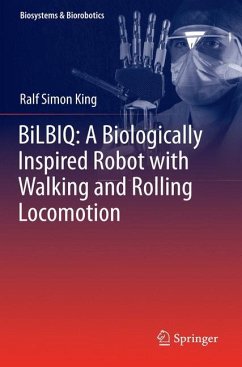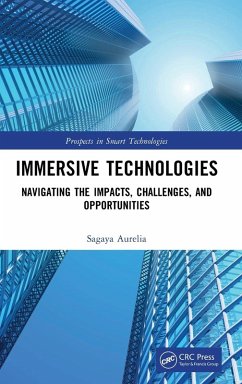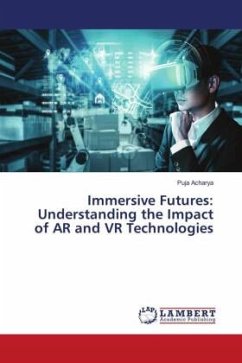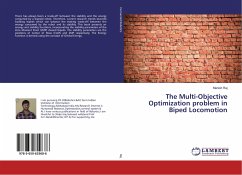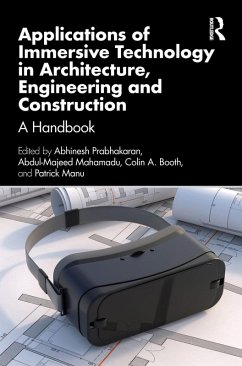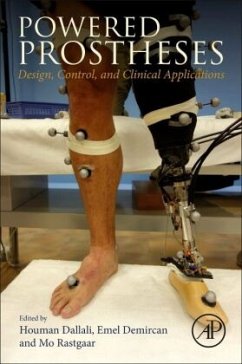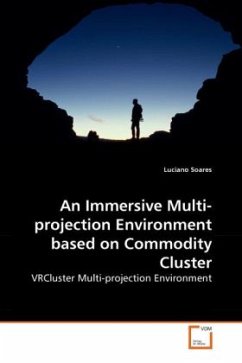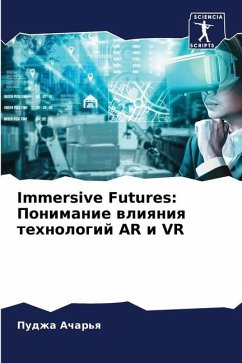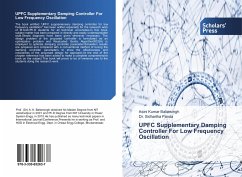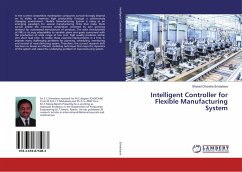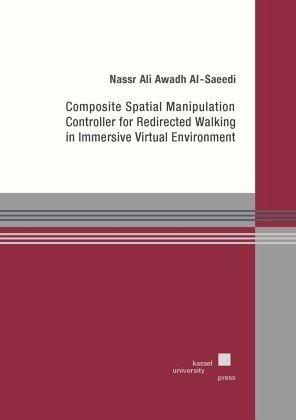
Composite Spatial Manipulation Controller for Redirected Walking in Immersive Virtual Environment
Versandkostenfrei!
Versandfertig in 6-10 Tagen
39,00 €
inkl. MwSt.

PAYBACK Punkte
0 °P sammeln!
Real walking is considered the most intuitive method for locomotion in immersive virtual environments (IVEs). It significantly enhances user experience by improving spatial awareness, user performance, and overall sense of presence. However, adopting real walking for navigation in IVEs is challenging due to the discrepancy in size between the virtual environment and the physical space available in the real world. Redirected Walking (RDW) is a technique that addresses this issue by imperceptibly introducing manipulation parameters (translation and/or rotation gains) to user movements in the phy...
Real walking is considered the most intuitive method for locomotion in immersive virtual environments (IVEs). It significantly enhances user experience by improving spatial awareness, user performance, and overall sense of presence. However, adopting real walking for navigation in IVEs is challenging due to the discrepancy in size between the virtual environment and the physical space available in the real world. Redirected Walking (RDW) is a technique that addresses this issue by imperceptibly introducing manipulation parameters (translation and/or rotation gains) to user movements in the physical environment. This manipulation causes users to unconsciously compensate for the changes, perceiving themselves as walking in a straight path in the virtual environment while actually moving in a circular path in the physical world. Despite its effectiveness, the Redirected Walking Technique (RDWT) comes with drawbacks, including spatial requirements for a natural walking experience, generalization issues, cognitive load, and simulator sickness. This research study proposes a composite spatial manipulation framework that employs two Redirected Walking Controllers (RDWCs) simultaneously: the continuous RDWC and the discrete (during eyeblinks) RDWC. Each controller utilizes a different perceptual process. The proposed approach aims to enhance the redirection performance of the RDWT while minimizing spatial requirements and simulation sickness.



